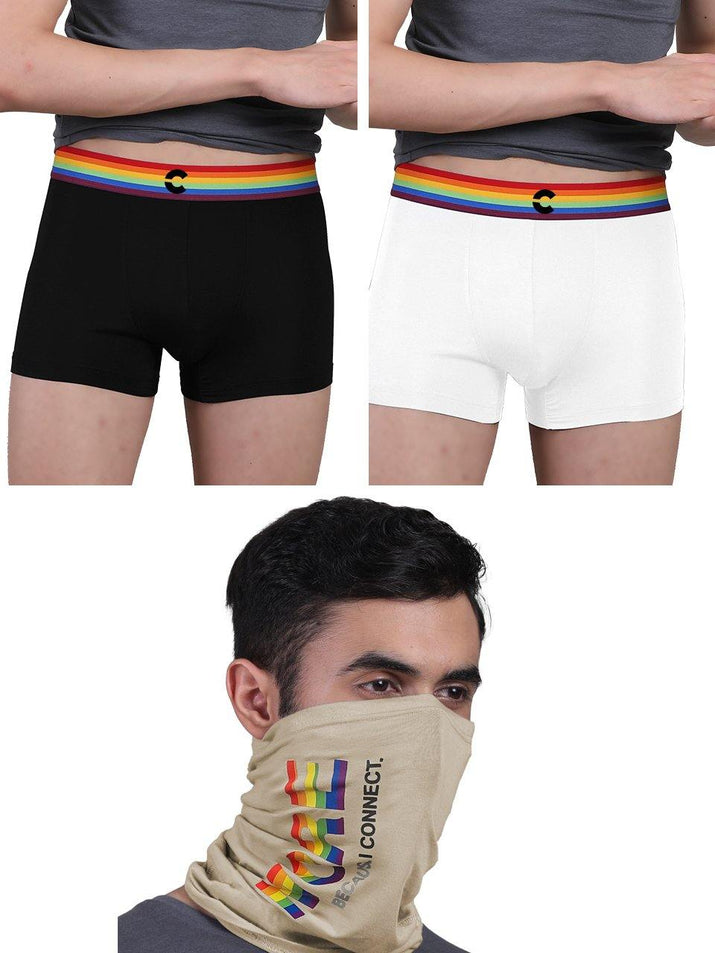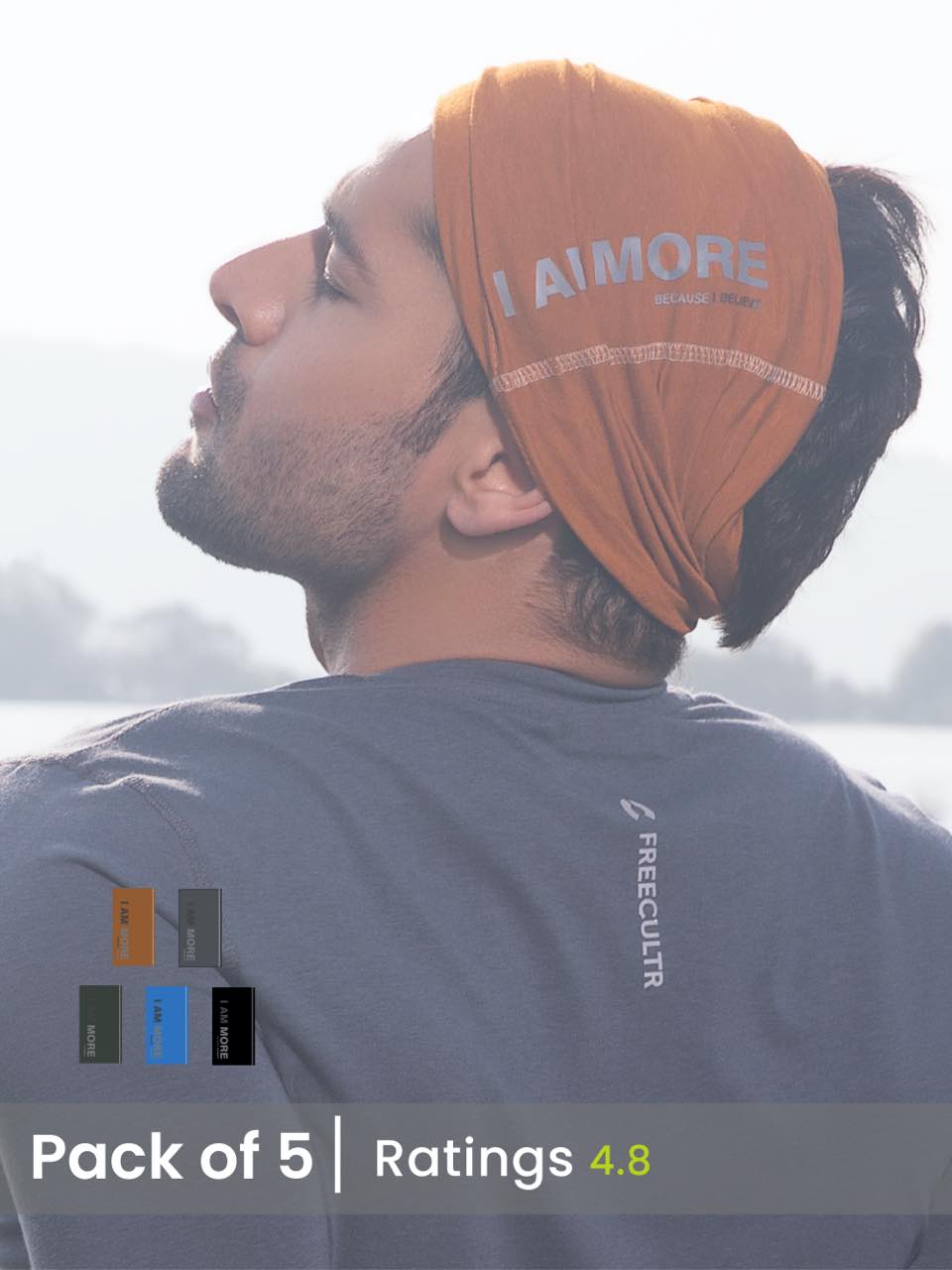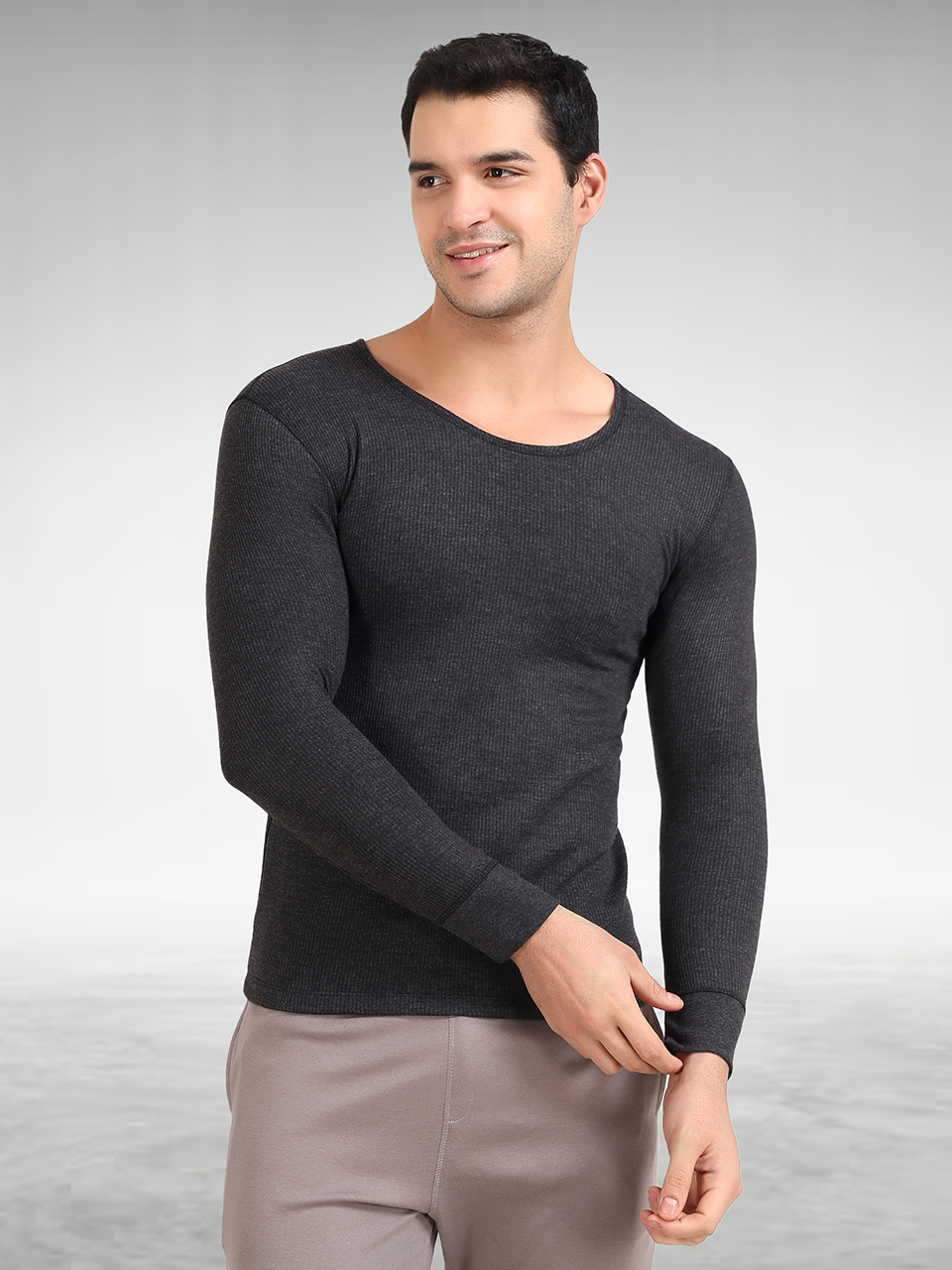The bandana for men transcends its traditional role, now serving as a multifaceted accessory blending style with practical utility. From sweat management during high-intensity workouts, as seen with trail runners and cyclists, to providing effective sun protection for construction workers, its functional applications are diverse. Modern iterations incorporate advanced moisture-wicking fabrics or soft cottons, offering superior comfort. Its resurgence in contemporary streetwear, often styled as a head wrap for urban explorers or a wrist accent for minimalist enthusiasts, highlights its adaptability. This unassuming square of fabric now empowers personal expression while delivering tangible benefits in diverse environments.

The Enduring Appeal of the Bandana for Men
The bandana, a seemingly simple square of fabric, possesses a remarkable ability to transcend trends and maintain its relevance in men's fashion and utility. From its humble beginnings as a practical item for laborers and cowboys, evolving into a symbol for various subcultures. Now gracing runways and everyday street style, the appeal of the bandana for men is undeniable. Its enduring presence is a testament to its unique blend of practical functionality and versatile aesthetic potential. This piece explores how this iconic accessory serves not just as a style statement but also as a highly practical tool in a man's wardrobe.Defining the Bandana: More Than Just a Square of Fabric
To truly appreciate the bandana for men, it's essential to interpret its fundamental characteristics. At its core, a bandana is typically a square piece of cloth, most commonly made from cotton, though silk and synthetic blends are also prevalent.- Dimensions: Standard bandanas usually measure around 22x22 inches (approximately 56x56 cm), a size that offers sufficient versatility for various uses without being cumbersome. Larger sizes are available for specific styling or practical needs.
-
Materials:
- Cotton: The most common material, offering breathability, absorbency. Durability. It's soft against the skin and easy to care for, making it ideal for everyday wear and functional uses.
- Silk: Provides a luxurious feel and a subtle sheen, often chosen for more formal or elevated casual looks. Silk bandanas offer less absorbency but a smoother drape.
- Synthetic Blends: Materials like polyester blends are often used for performance bandanas, offering quick-drying properties, moisture-wicking. Sometimes UV protection, catering to athletes or outdoor enthusiasts.
- Patterns: While the paisley pattern is arguably the most iconic and recognizable design associated with the bandana, a vast array of patterns and solid colors exist. These include checks, stripes, geometric prints, novelty designs. Classic polka dots, allowing for extensive personalization.
Stylish Versatility: Ways to Wear a Bandana for Men
The bandana for men is a master of disguise, capable of transforming an outfit or serving a specific purpose with a simple fold and tie. Its versatility is perhaps its greatest asset.-
Headwear:
- Headband: Folded into a strip and tied around the forehead, it's excellent for absorbing sweat during workouts or keeping hair out of the face. Think of rock musicians or athletes.
- Durag Style: Tied to cover the entire head, often associated with maintaining hairstyles or providing sun protection.
- Pirate Style: Tied at the back of the head, covering the crown, offering a relaxed, adventurous look. This style is often seen on bikers or during outdoor activities.
-
Neckwear:
- Neckerchief: Folded into a triangle and tied around the neck, offering a classic, rugged, or refined look depending on the fabric and pattern. It can provide warmth or simply add a pop of color.
- Ascot/Scarf Style: Loosely tied at the neck, creating a more sophisticated, slightly bohemian vibe.
- Cowboy Style: Tied loosely around the neck with the triangle point facing down the back, a nod to its historical roots in the American West for dust protection.
-
Wrist/Arm:
- Wristband: Folded into a narrow strip and tied around the wrist, it functions as a casual accessory or a practical sweatband for sports.
- Arm Accent: Tied around the bicep or forearm for a bold style statement, popular in streetwear.
- Pocket Square: For a touch of sartorial flair, a well-folded bandana can substitute a traditional pocket square, adding color and texture to a blazer or suit jacket. This is a common way for the bandana for men to elevate a smart-casual ensemble.
- Accessory for Bags/Backpacks: Tying a bandana to the strap or handle of a bag can personalize it and add an element of casual cool.
Practicality Beyond Fashion: Functional Uses of a Bandana for Men
Beyond its aesthetic appeal, the bandana for men boasts an impressive array of practical applications, making it an indispensable item for outdoor enthusiasts, travelers. Anyone who appreciates utility.- Sweat Absorption: As a headband or neckerchief, it efficiently wicks away sweat, keeping you comfortable during exercise, manual labor, or in hot climates. This is particularly useful for runners, hikers, or construction workers.
- Dust and Sun Protection: When worn over the face, a bandana can provide a barrier against dust, sand, or strong winds, crucial for motorcyclists or those in arid environments. It also offers a degree of sun protection for the neck or scalp.
-
First Aid: In emergency situations, a bandana can be repurposed:
- As a makeshift bandage or sling for minor injuries.
- To apply pressure to a wound or act as a tourniquet (with proper knowledge).
- To hold an ice pack in place.
- Makeshift Filter/Strainer: In survival situations, a clean bandana can be used to filter larger particles from water before purification. It can also act as a rudimentary strainer for wild edibles.
- Signaling/Marking: Its bright colors can be used as a signaling device in an emergency or tied to mark a trail.
- Temperature Regulation: Soaked in cold water, a bandana can be tied around the neck or head to help cool the body down in extreme heat. Conversely, a dry bandana can offer a thin layer of insulation in cooler conditions.
Choosing the Right Bandana for Men: Factors to Consider
Selecting the ideal bandana for men involves more than just picking a favorite pattern. Consider these factors to ensure it meets your style and practical needs:-
Material:
- For everyday wear and sweat absorption, cotton is king due to its breathability and ease of care.
- For a touch of elegance or specific fashion statements, silk offers a luxurious feel and drape.
- For high-performance activities, look for synthetic blends that offer moisture-wicking and quick-drying properties.
- Size: While 22x22 inches is standard, larger bandanas (e. G. , 27x27 inches) offer more fabric for complex knots, head coverings, or more substantial practical uses. Smaller sizes might be suitable for pocket squares or wristbands.
-
Pattern and Color: This is where personal style truly comes into play.
- Paisley: A timeless classic, versatile enough for casual or slightly dressier looks.
- Solid Colors: Excellent for minimalist aesthetics or for matching specific outfits. Black, navy. Olive green are highly versatile.
- Novelty Prints: From skulls to abstract art, these allow for bold self-expression.
- Edge Stitching/Quality: Inspect the stitching around the edges. A well-hemmed bandana will resist fraying and last longer, especially with frequent use and washing. Double-stitched edges indicate higher quality.
Caring for Your Bandana: Longevity and Hygiene
Proper care ensures your bandana for men remains a functional and stylish accessory for years.-
Washing Instructions:
- Cotton: Most cotton bandanas can be machine washed with like colors in cold or warm water. Avoid harsh bleaches to preserve color.
- Silk: Hand wash in cold water with a gentle detergent specifically designed for silk. Avoid twisting or wringing.
- Synthetics: Follow manufacturer instructions, usually machine wash cold and avoid fabric softeners, which can impede wicking properties.
-
Drying:
- Cotton: Tumble dry on low heat or air dry to prevent shrinkage and maintain shape.
- Silk: Air dry flat or hang dry away from direct sunlight to prevent fading.
- Synthetics: Air dry is usually best to maintain fabric integrity.
-
Ironing:
- Cotton: Iron on a medium-high setting while slightly damp for crispness.
- Silk: Iron on a very low setting, preferably with a pressing cloth, while slightly damp.
- Synthetics: Avoid ironing if possible, or use the lowest heat setting.
- Storage: Store bandanas folded neatly to prevent wrinkles. For silk, consider rolling them to avoid creases. Regular washing is crucial, especially if used for sweat absorption or face covering, to maintain hygiene and prevent odors.
The Bandana for Men in Pop Culture and Beyond
The journey of the bandana for men through history and popular culture is as rich and varied as its patterns. Initially popularized in the American West by cowboys and railroad workers who used them to protect against dust and sun, the bandana quickly became a symbol of rugged individualism and practicality. In the mid-20th century, the bandana was adopted by various subcultures. Bikers embraced it as a protective head covering and a symbol of freedom. In the 1970s and 80s, its association with rock and roll icons like Bruce Springsteen solidified its cool factor. The hip-hop community, particularly in the 90s, integrated the bandana into their fashion, often worn as a durag or tied around the head, becoming a powerful symbol of identity and style. Even political movements have leveraged the bandana, using specific colors to represent affiliations. Today, the bandana for men continues its evolution, gracing high-fashion runways and becoming a staple in streetwear. Designers often reinterpret classic paisley or introduce novel prints, showcasing its timeless appeal. From a functional tool to a powerful fashion statement, the bandana remains a versatile and accessible accessory, allowing men to express their individuality, enhance their style. Tackle practical needs all with a single, iconic square of fabric.Conclusion
The bandana for men is far more than just a simple square of fabric; it's a dynamic accessory offering both stylish versatility and unmatched practicality. Don't let yours linger in a drawer; instead, actively integrate it into your daily ensemble. Try tying a classic paisley bandana loosely around your neck for that effortless street-style edge, a look I personally adopted for a recent music festival and found surprisingly chic. Or, for a more functional approach, consider the newer moisture-wicking bandanas trending among runners and cyclists; they're perfect for managing sweat or keeping hair back during a rigorous workout, a true game-changer from traditional cotton. This often-overlooked item empowers you to adapt, whether it's shielding from the sun during a hike or simply adding a splash of personality to a casual outfit. It’s about embracing ingenuity and making a statement with a subtle yet impactful accessory. So, go ahead, experiment with different folds and colors; discover how this timeless piece can elevate your personal style and solve practical dilemmas. The bandana is ready to be your next essential, proving that genuine style is often found in the most unexpected places.More Articles
Bandana – Ultimate Sun Protection & Moisture WickingMen's T-shirt – Everyday Style & Soft Feel
Men's Tank Top – Athletic Performance & Cool Comfort
Sleeves – UV Protection & Enhanced Performance
FAQs
Why should a guy even bother with a bandana these days?
Bandanas are far more than just a throwback accessory! They're incredibly versatile, adding an instant touch of cool to any outfit, from streetwear to a more rugged, outdoorsy look. Beyond style, they also offer some genuinely practical benefits.
Okay, so how does a man actually wear a bandana without looking silly?
There are tons of ways to rock a bandana! You can tie it loosely around your neck for a classic, laid-back vibe, fold it into a headband to keep hair out of your eyes or absorb sweat, or even wrap it around your wrist. Some guys also use them as a unique pocket square alternative or tied to a bag for an extra touch of flair. Experiment to find what fits your personal style best.
Beyond just looking cool, do bandanas actually serve a purpose for guys?
Absolutely! They're incredibly useful for absorbing sweat during workouts or on hot days, offering protection for your neck or scalp from sun exposure, keeping unruly hair tamed, or even acting as a makeshift face covering when needed. Their practicality is a big part of why they've remained popular.
What kind of fabric should I look for in a good men's bandana?
Cotton is usually king when it comes to bandanas! It's breathable, soft, highly absorbent. Easy to care for. Look for 100% cotton for the best comfort and durability. While some might be blends, pure cotton is generally preferred for its natural properties and feel.
Can I really wear a bandana for different events, or is it strictly casual?
While they certainly lean casual, bandanas are surprisingly adaptable. They're perfect for everyday wear, outdoor activities, or adding an edgy touch to a casual evening out. Depending on the pattern and how you style it, a well-chosen bandana can even complement a slightly more dressed-down smart-casual look, adding personality without being out of place.
How do I keep my bandana clean and looking good for a long time?
Most bandanas are pretty low-maintenance. A gentle machine wash with similar colors and a tumble dry on low heat is usually sufficient. To avoid fading or shrinking, it's always a good idea to check the specific care label. Generally, cotton bandanas are quite forgiving and hold up well.
Is there a standard size for a men's bandana that works best?
The most common and versatile size for a bandana is typically a 22x22 inch square. This size offers enough fabric to comfortably accommodate various tying methods around the neck, head, or wrist without being either too bulky or too small, making it ideal for most men.






